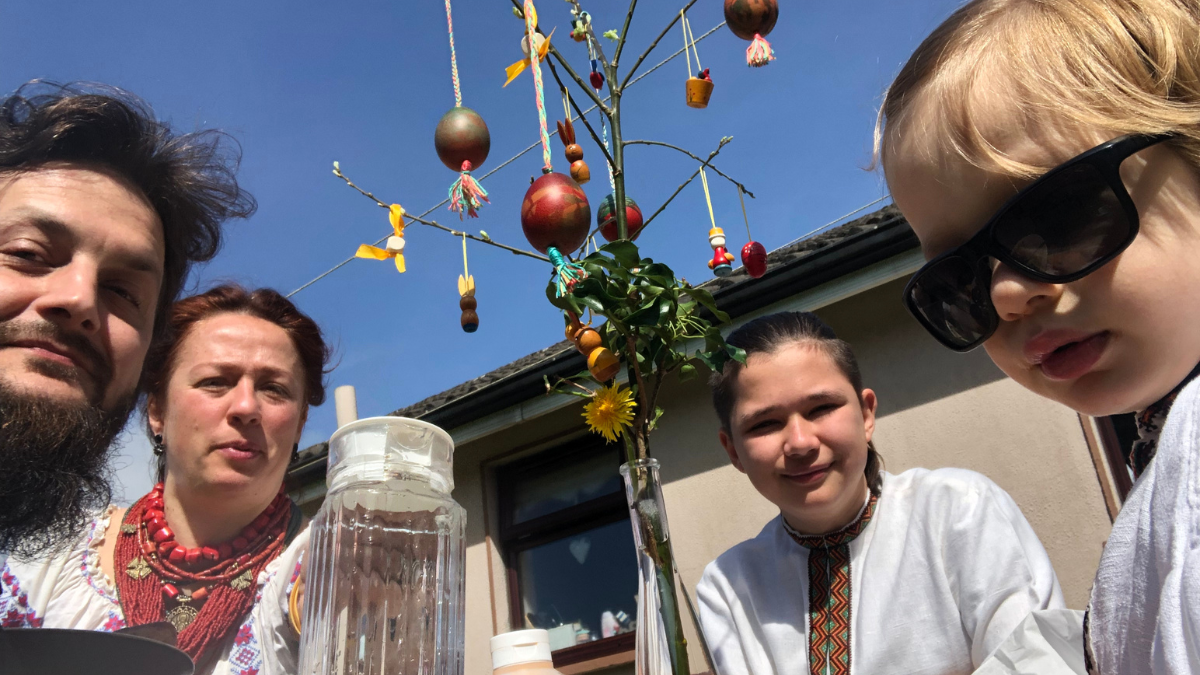This week, a Ukrainian musician reflects on what music means during wartime.
And there’s a growing number of a certain kind of blood-sucking arachnid — and diseases that come with it.
We also sit in on one of the natural wonders of the Great Smoky Mountains.
You’ll hear these stories and more this week, Inside Appalachia.
In This Episode:
- An Update On Our Hammered Dulcimer Story
- Ticking Off The Trouble Of Ticks
- Firefly Magic In The Smoky Mountains
An Update On Our Hammered Dulcimer Story
Last year, Folkways Reporter Clara Haizlett reported about the Appalachian hammered dulcimer, and its Ukrainian relative, the tsymbaly. Along the way, we met Ukrainian musician Vsevolod Sadovyj, who was in Ukraine as the country fought against the Russian invasion.
Haizlett recently caught up with the tsymbaly player over Zoom and brought us an update.
Ticking Off The Trouble Of Ticks
Credit: Smith Collection/Gado/Getty Images
With the exception of a cold snap on Christmas Eve, Appalachia had a mild winter. And now we’re paying the price, with a surge of ticks. Appalachian social media has seen a steady stream of complaints about the arachnids, Lyme disease and alpha-gal syndrome.
Producer Bill Lynch reached out to regional epidemiologist Daniel Barker-Gumm and Steven Eshenaur, the health officer for the Kanawha County Health Department, to learn more.
Firefly Magic In The Great Smoky Mountains
Not all bug stories are bad stories. Jacqui Sieber from WUOT takes us deep into the Smoky Mountains to watch lightning bugs, also called fireflies.
——
Our theme music is by Matt Jackfert. Other music this week was provided by Patrick Couch and Kay, Frank Hutchinsen, Jean Ritchie, Hazel Dickens, Paul Loomis, and Tyler Childers.
Bill Lynch is our producer. Zander Aloi is our associate producer. Our executive producer is Eric Douglas. Kelley Libby is our editor. Our audio mixer is Patrick Stephens.
You can send us an email: InsideAppalachia@wvpublic.org.
You can find us on Instagram, Threads and Twitter @InAppalachia. Or here on Facebook.
Sign-up for the Inside Appalachia Newsletter!
Inside Appalachia is a production of West Virginia Public Broadcasting.
